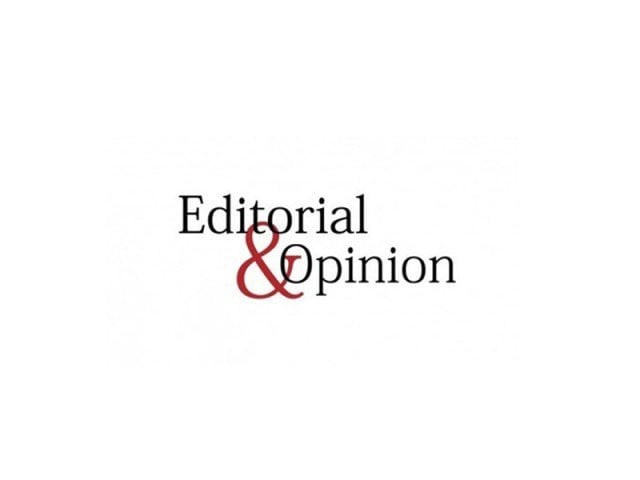Social media — the new battlefield
Lies and misinformation cannot remain unchallenged in this era

The writer is an MPhil International Relations graduate from NDU and author of a book 'Analyzing Public Opinion of Pakistanis on CPEC'.
An important aspect of human security is protecting perceptions and opinions of the public. In the age of propaganda warfare and with social media becoming the central information dissemination platform, manipulation of public opinion has become a major threat. India has time and again resorted to this tactic.
In 2016, post Uri attack, Indian military and media claimed to strike “terrorist camps” killing dozens of “terrorists” across LoC. The Uri attack was called “the deadliest assault on security forces in Kashmir in two decades”. The government and media in India took to social media to propagate a series of misinformation to orchestrate “proofs” of Pakistani involvement in the attack.
After the Uri attack, Lt Gen Ranbir Singh, the DGMO, declared that the Indian Army had completed different surgical operations in different areas of Azad Kashmir on the night of Sept 29, 2016. The DG ISPR claimed the hoax of surgical strikes as “illusion being deliberately generated by India to create false effects”.
Inquisitively, while the official reactions by India and Pakistan have been moderately measured and deliberate, the media’s part, particularly in India, is progressively that of unhinged warmongering. A war of narratives ejects on TV and social media out of vengeance to “teach a lesson” to Pakistan.
Two years on, India has again resorted to allegations in the same manner – claiming Pulwama to be the “deadliest attack”, threatening retaliation and then violating international borders only to “celebrate successful tactical venture”.
The plot has been the same. Difference each time is that the Pakistani population is getting used to these “strikes” while resorting to peace and collaborations. It is unfortunate to see the cheery and provocative responses from Indian celebrities over Twitter and Facebook while there has been a calculated response from the Pakistanis who have scrutinised the veracity of the occasion and resorted to peace.
Narratives and discourse have the power to shape and influence opinions, thus changing the shape of history. The capacity to scatter realistic pictures and thoughts to shape the opinion in matters of national interest to impact global population, especially the targeted one, through social media has become a norm. This diverts the opinion and general understanding of the individual. The key to successful influence on public sentiments is constant and identical discourse for a certain period. The side initiating discourse has information dominance. This is what India, on every provocative situation, has successfully practised. When such propaganda is countered with logic, it nullifies the impact.
What Indian media and government strategists need to understand is that lies and misinformation cannot remain unchallenged in this era. The dilemma with the media around the world is that it chooses to promote habitual skepticism and distrust over constructive interpretation. In escalating situations, public opinion is precarious for any nation. Opinion at large can be managed keeping the public and institutes under obligation alike. Institutions have their objectives. Their activities are hemmed in the realm of those objectives and vision. Beyond institutes, it is the general public and the civil society that provide a comprehensive solution to counter the misguided narratives. Public on both sides is supporting the stance of their government and the action of their army. Public has the responsibility to go with rationality, and accept only what is better for humanity as a whole. Hence, it is not just the responsibility of institutes to play their part in opinion making, it is the collective responsibility of every segment of society to express opinion in a constructive manner and counter those opinions which pose a threat to national solidarity and development.
Published in The Express Tribune, March 29th, 2019.
Like Opinion & Editorial on Facebook, follow @ETOpEd on Twitter to receive all updates on all our daily pieces.
















COMMENTS
Comments are moderated and generally will be posted if they are on-topic and not abusive.
For more information, please see our Comments FAQ